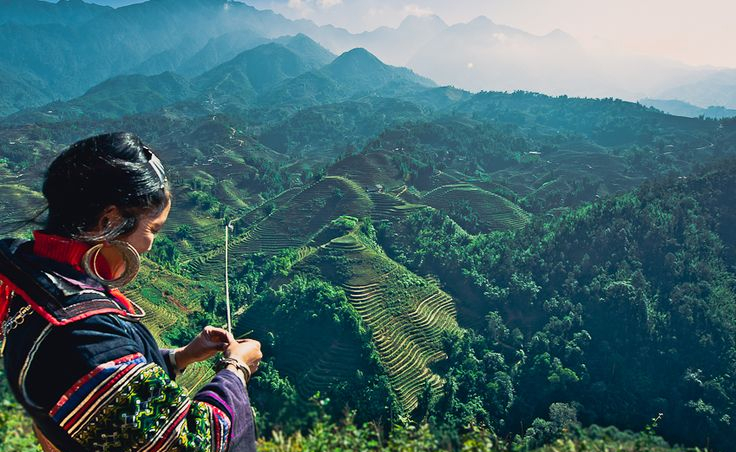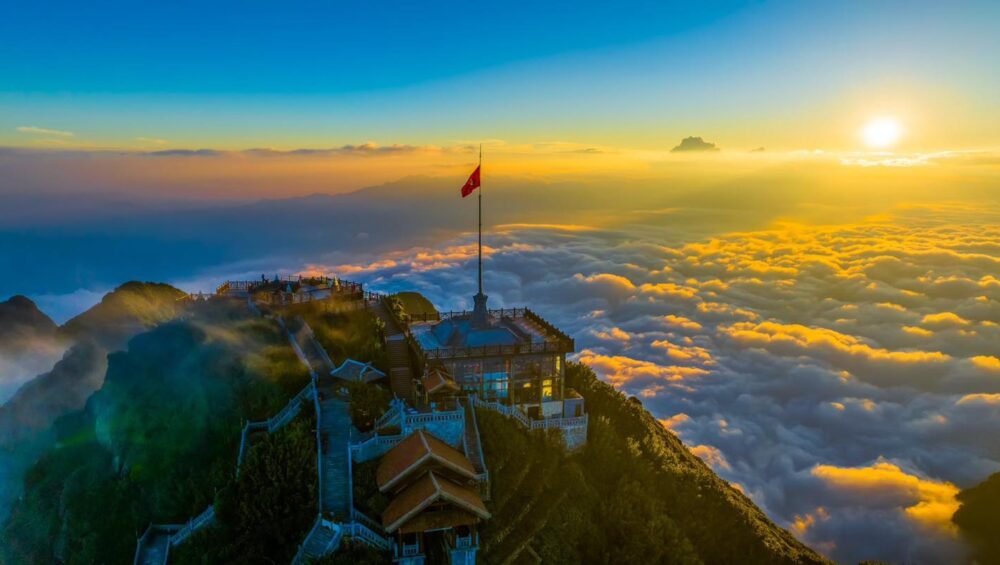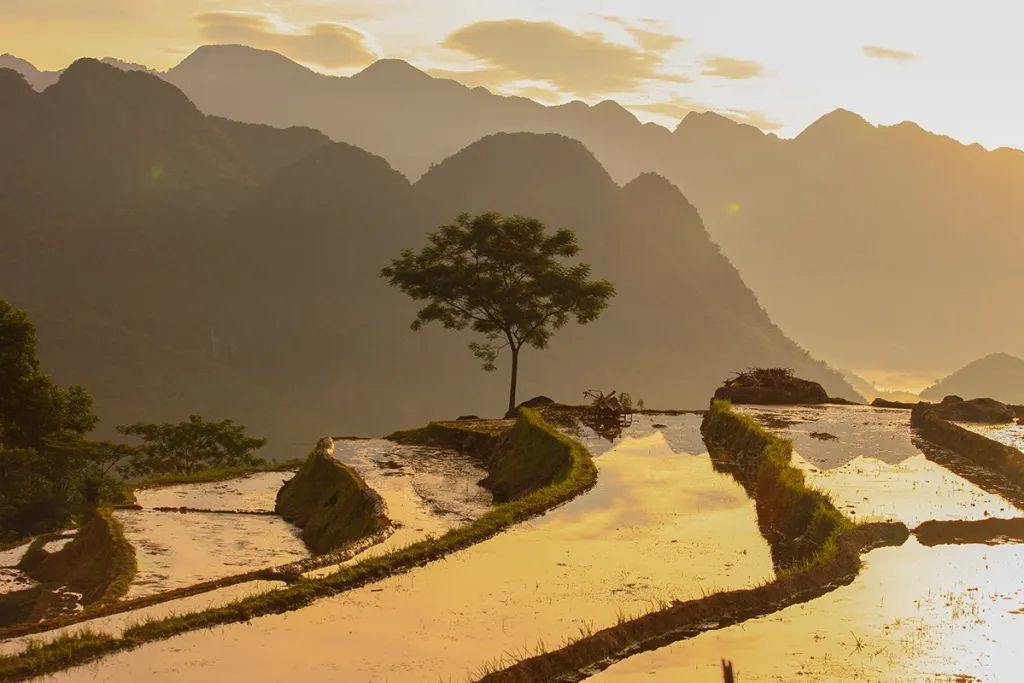Saparis Travel is a trusted Vietnam-based travel company offering expertly curated tours across some of the country's most stunning destinations, including Hanoi, Sapa, Ha Giang, Ha Long Bay, Cat Ba Island, and Ninh Binh. Whether you're seeking cultural exploration, natural beauty, or adventurous trekking, Saparis provides well-rounded experiences tailored to your interests.
Begin your journey in Hanoi, Vietnam’s vibrant capital, with guided city tours that showcase its rich history and bustling street life. Head north to Sapa for breathtaking treks through terraced rice fields and ethnic minority villages. Continue to Ha Giang for the legendary Ha Giang Loop, where dramatic mountain roads and authentic cultural encounters await.
Next, explore the world-famous Ha Long Bay and nearby Cat Ba Island on scenic cruises, kayaking trips, and relaxing beach time. In Ninh Binh, often called “Halong Bay on land,” discover limestone karsts, ancient temples, and serene river boat rides.
Saparis Travel also offers comfortable transportation options, including sleeper buses from Hanoi to Sapa, Ha Giang, Ha Long Bay, Ninh Binh... private cars, and organized transfers between destinations. Their dedicated team ensures safety, punctuality, and convenience throughout your journey. With Saparis Travel, every moment in Vietnam becomes a seamless, enriching, and unforgettable experience.
.png)
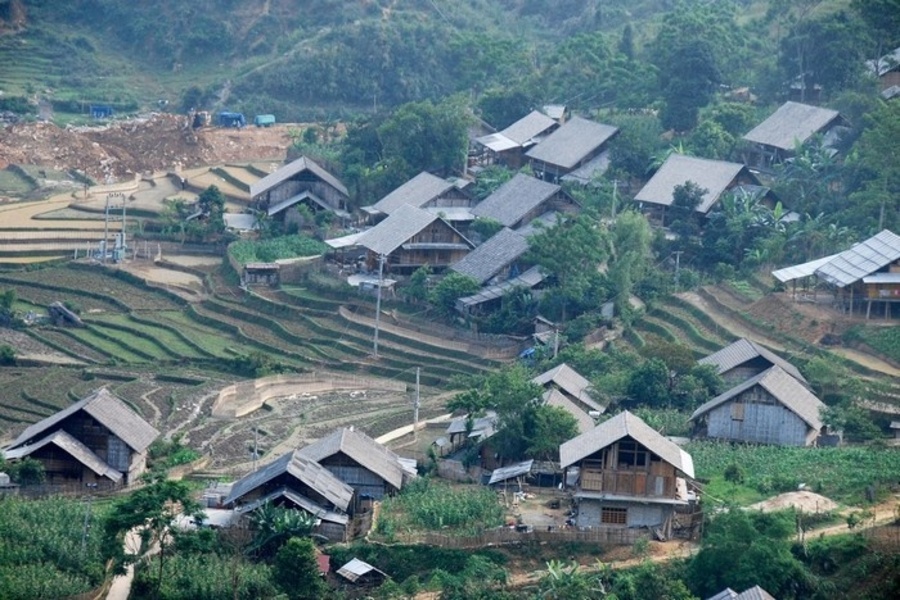
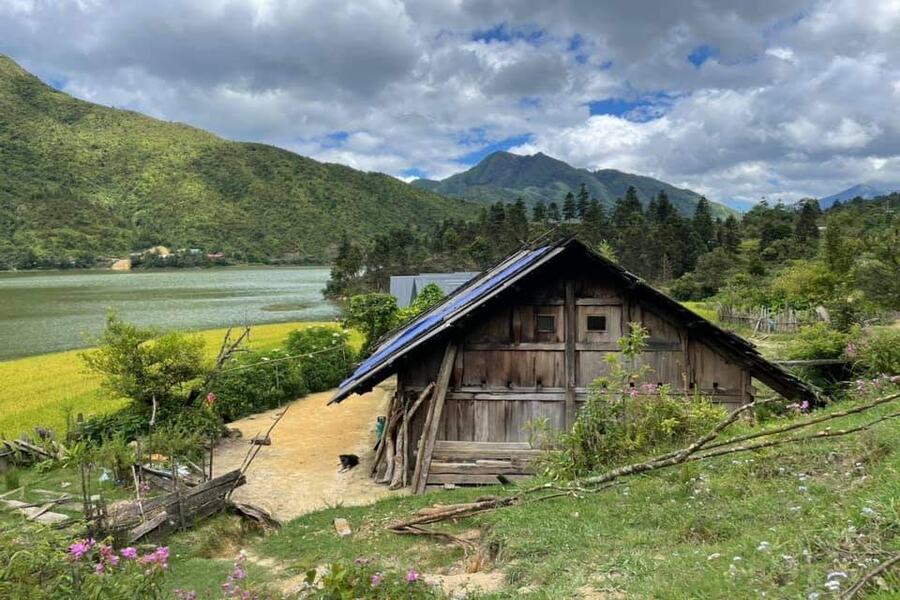
.png)
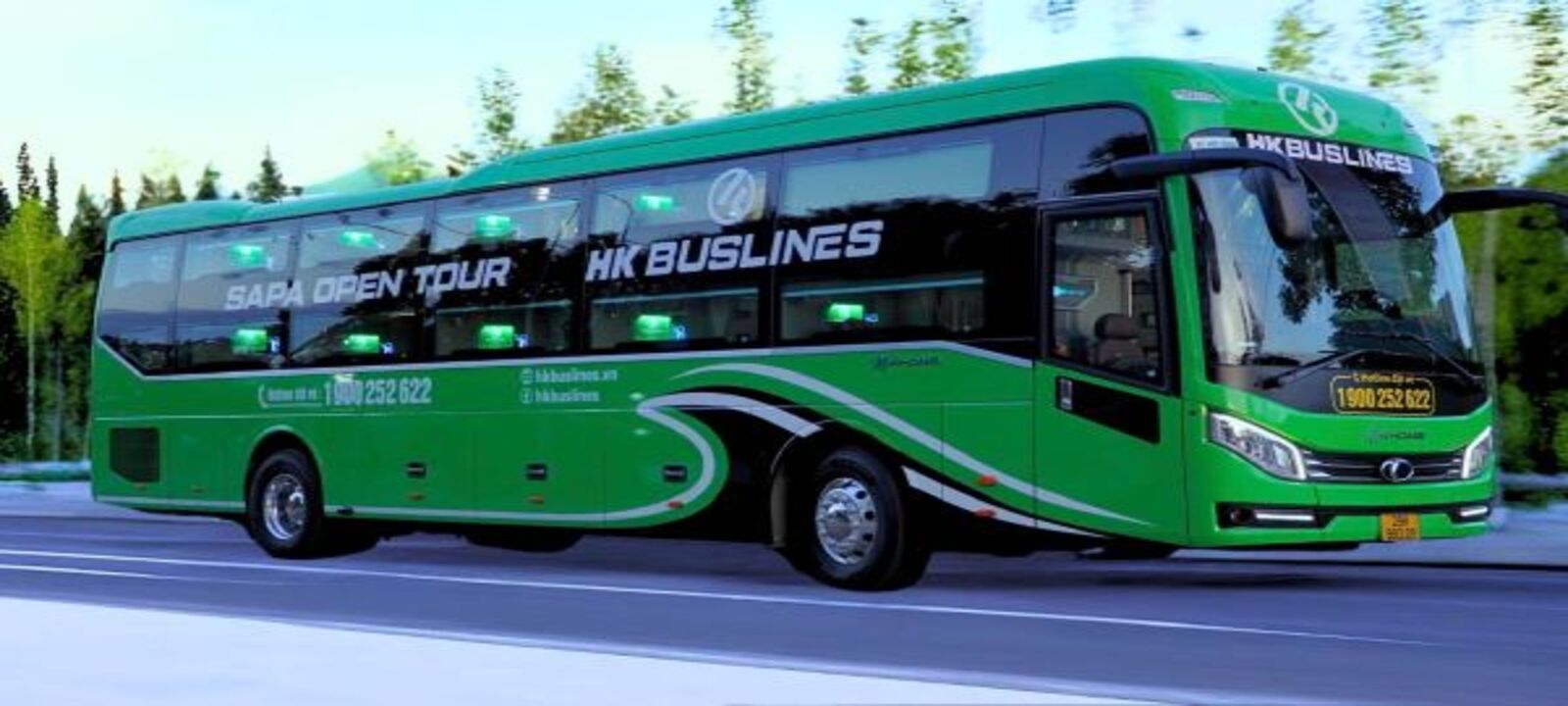
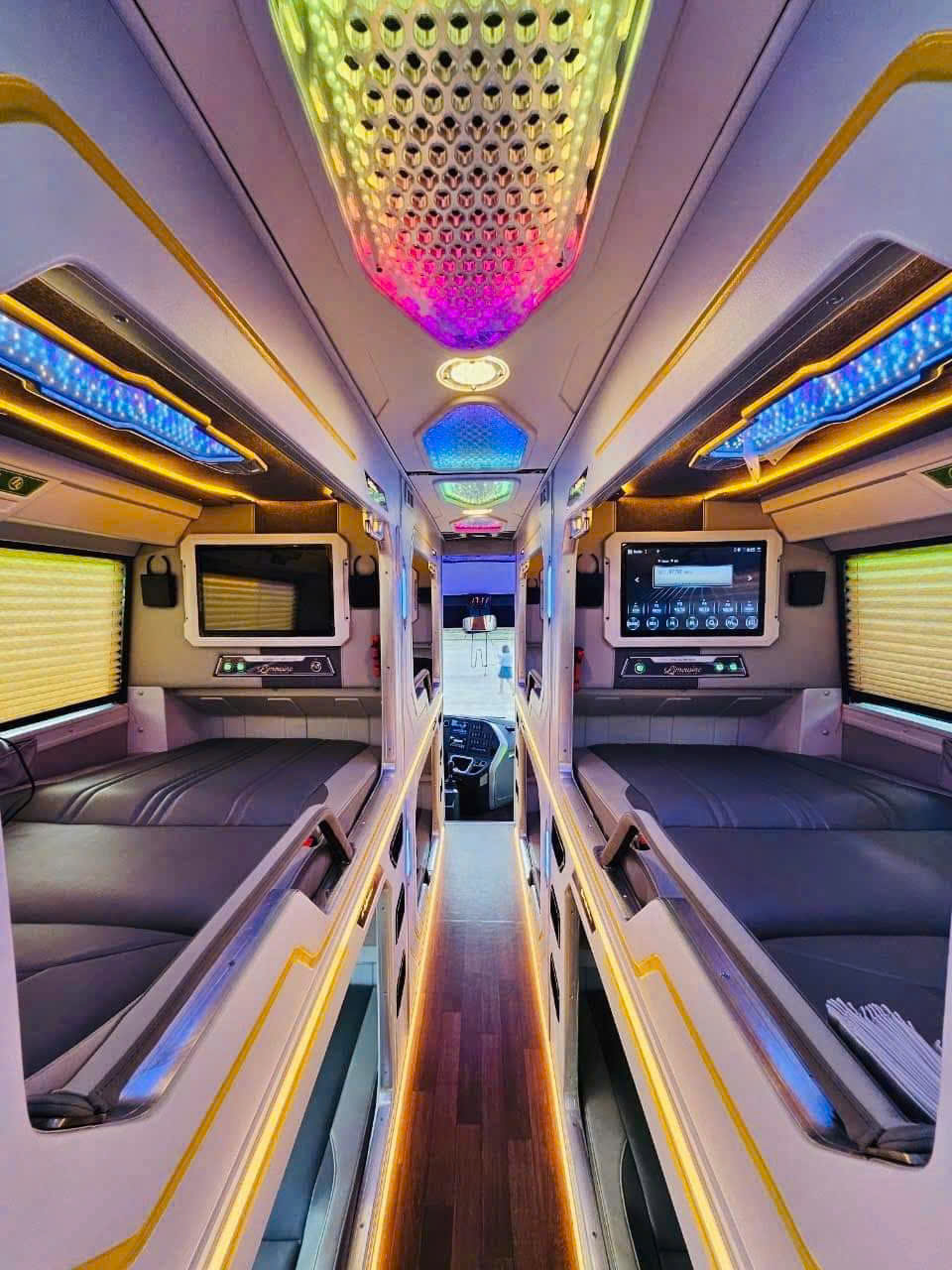

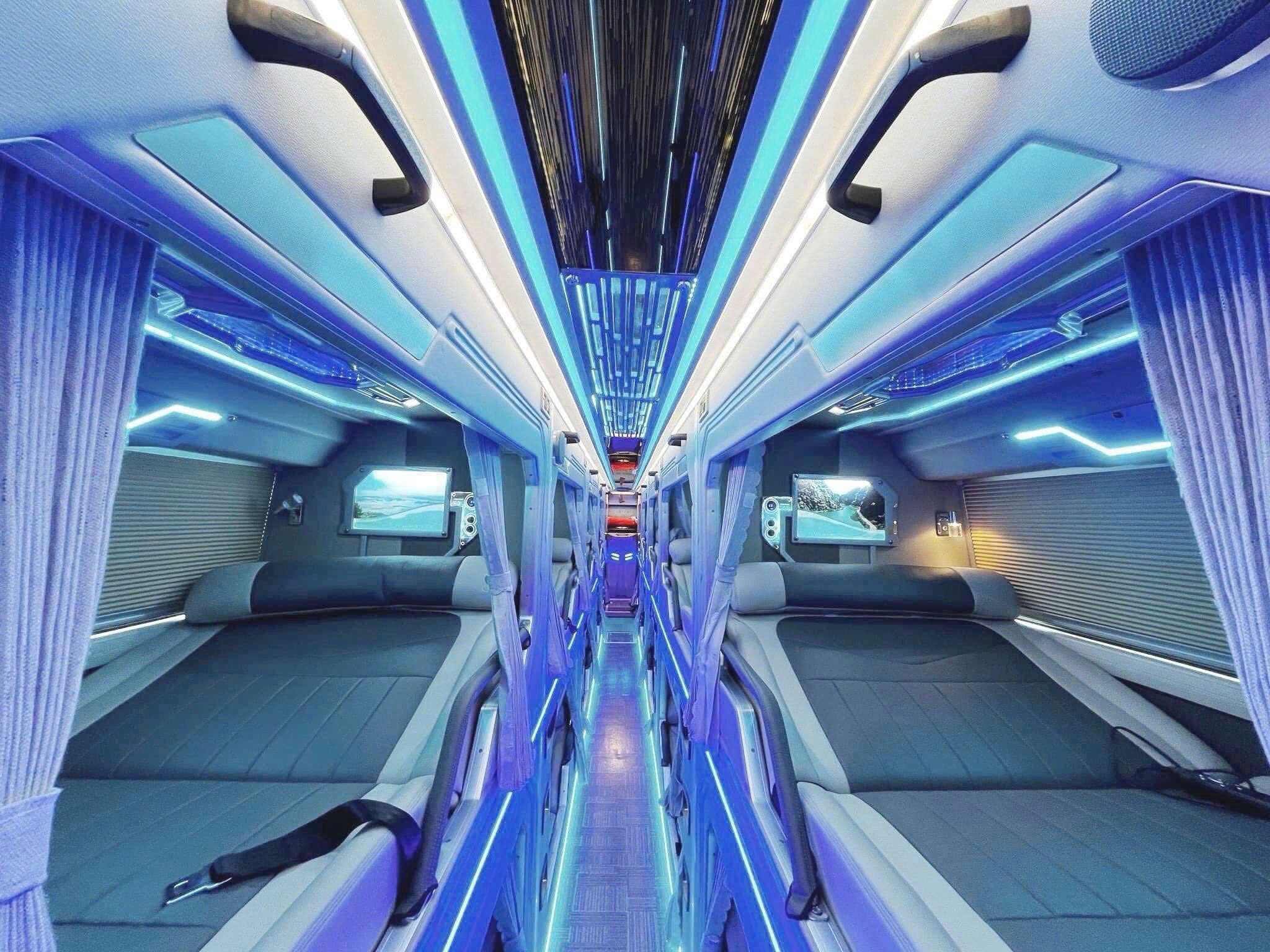
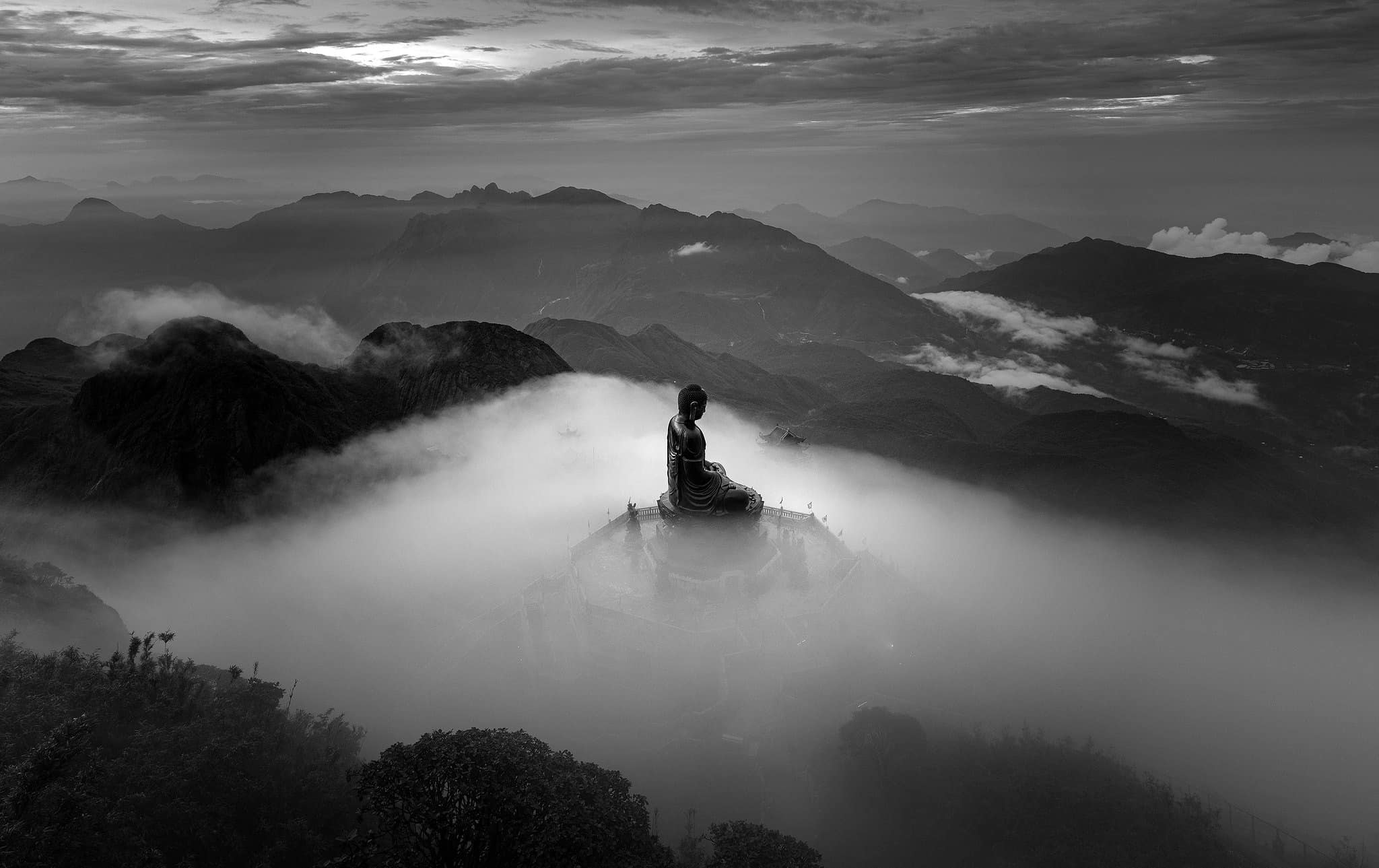
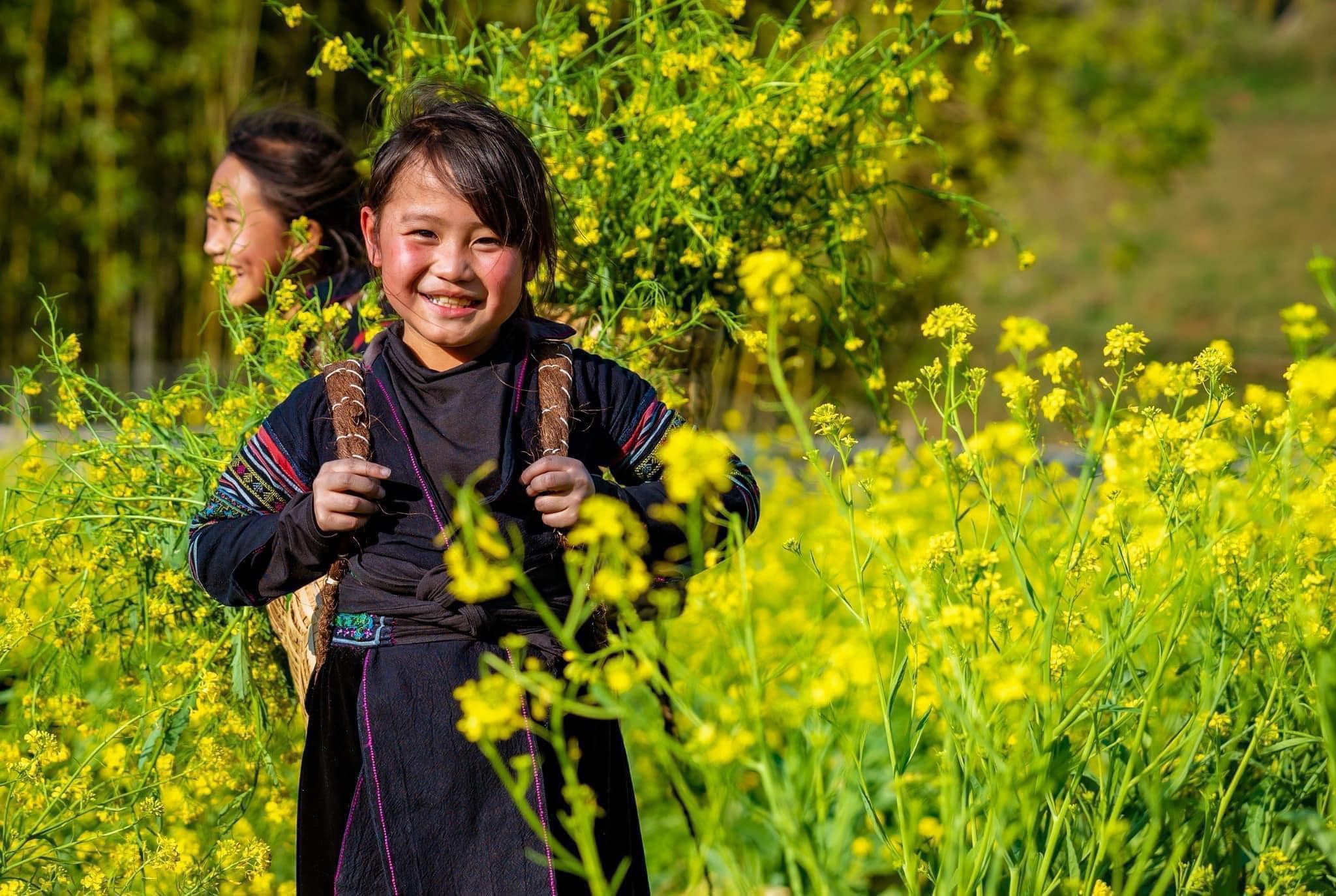
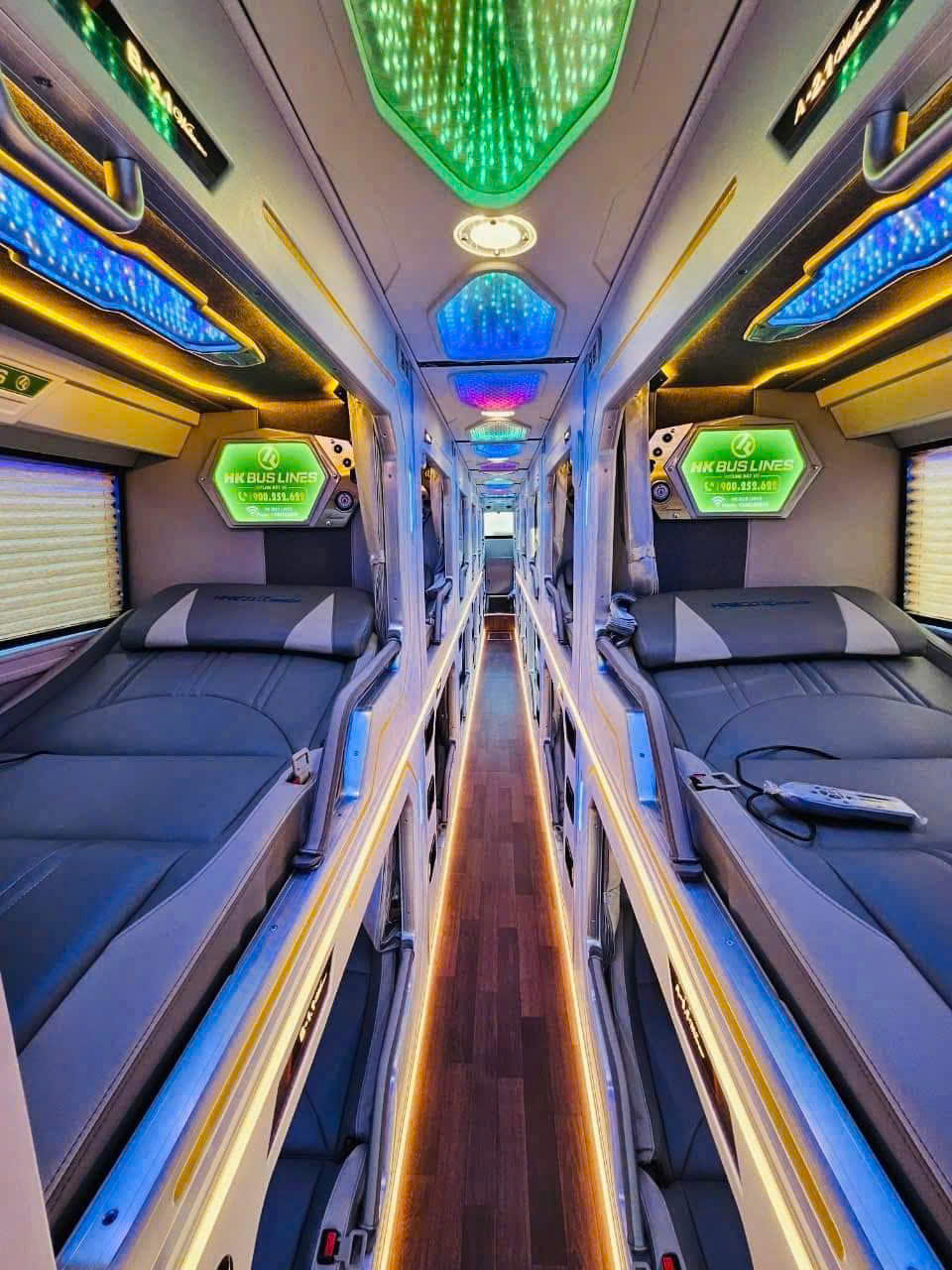
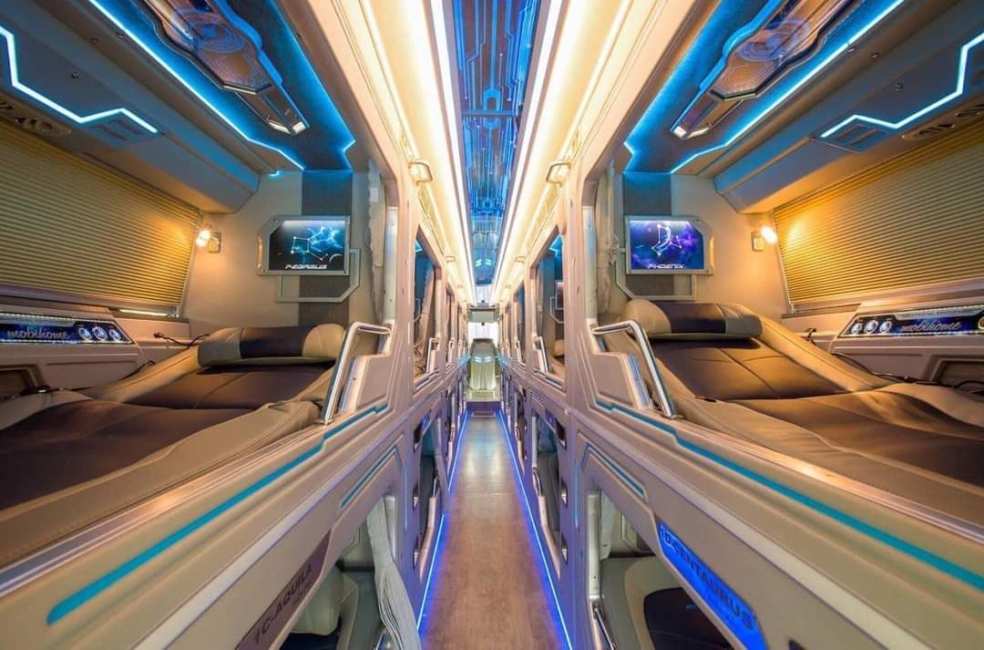
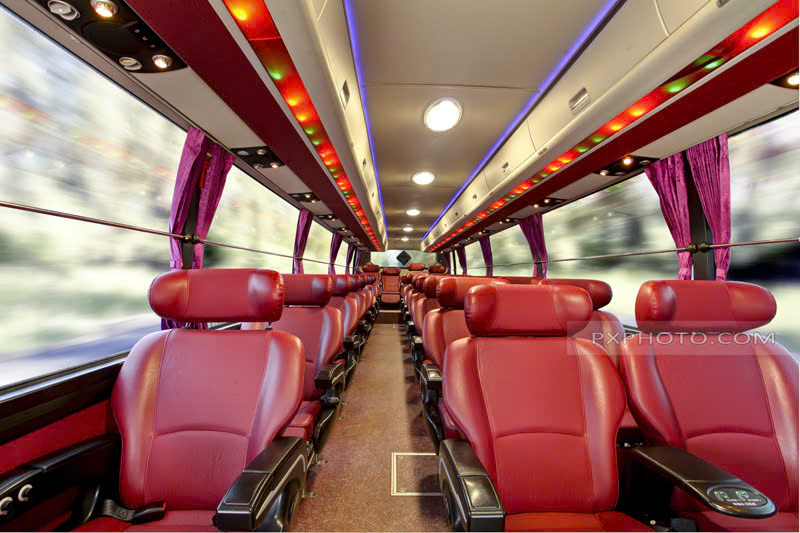
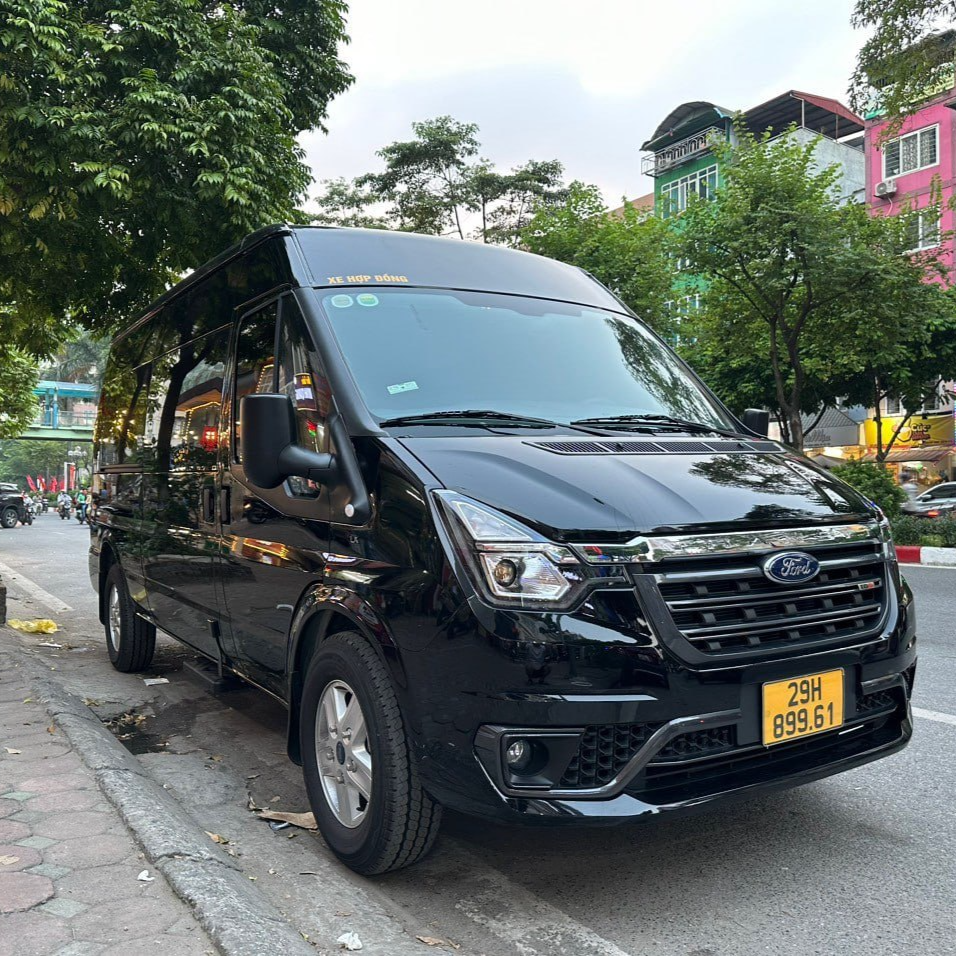
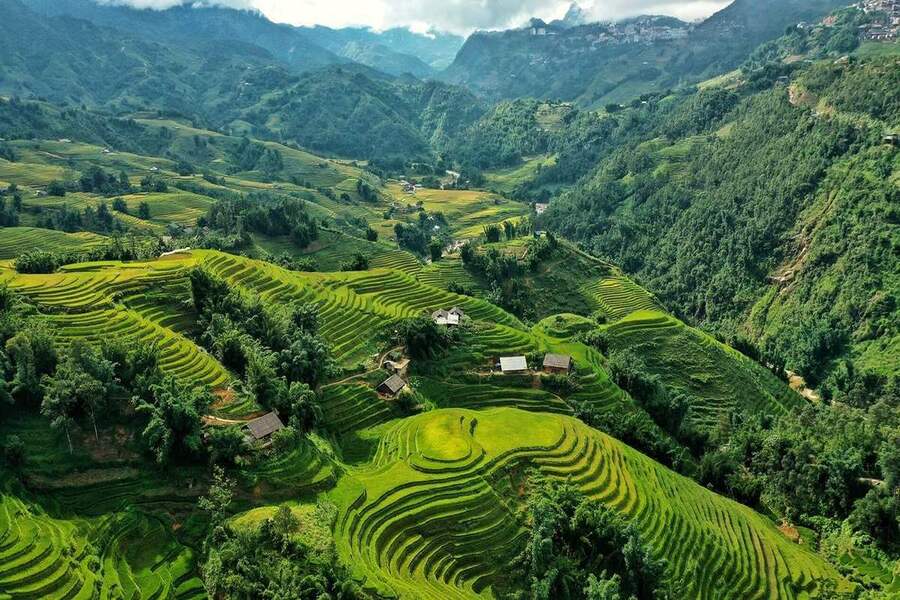

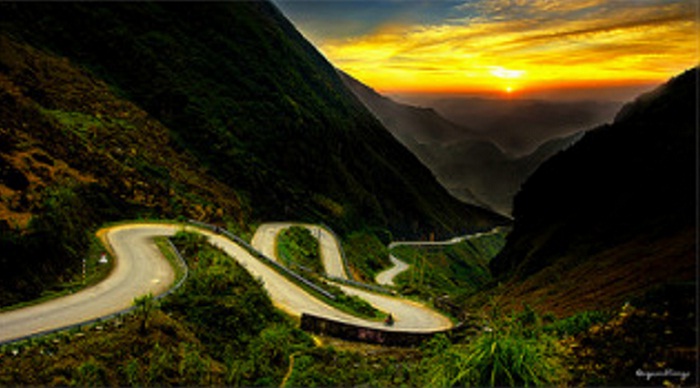

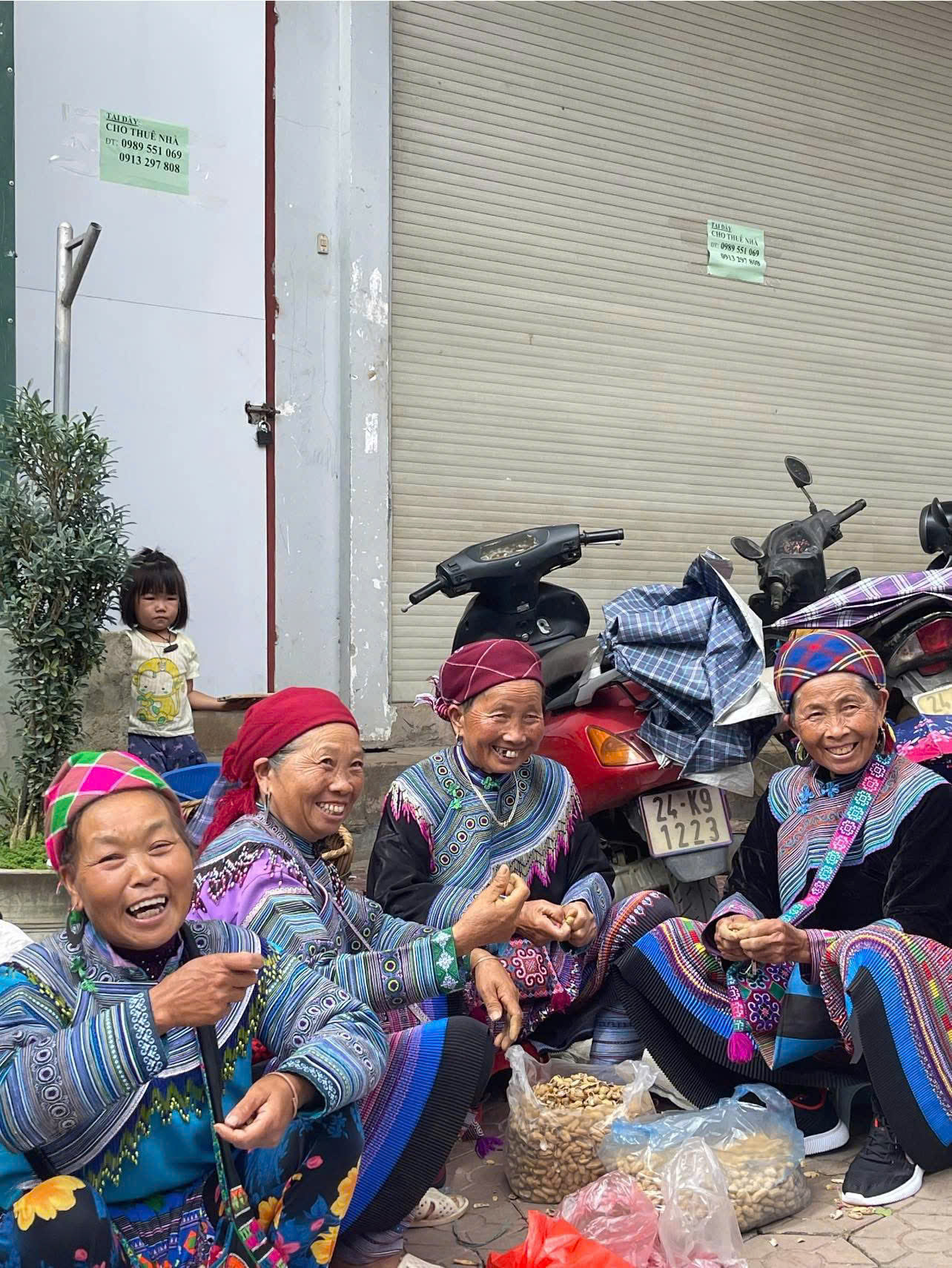


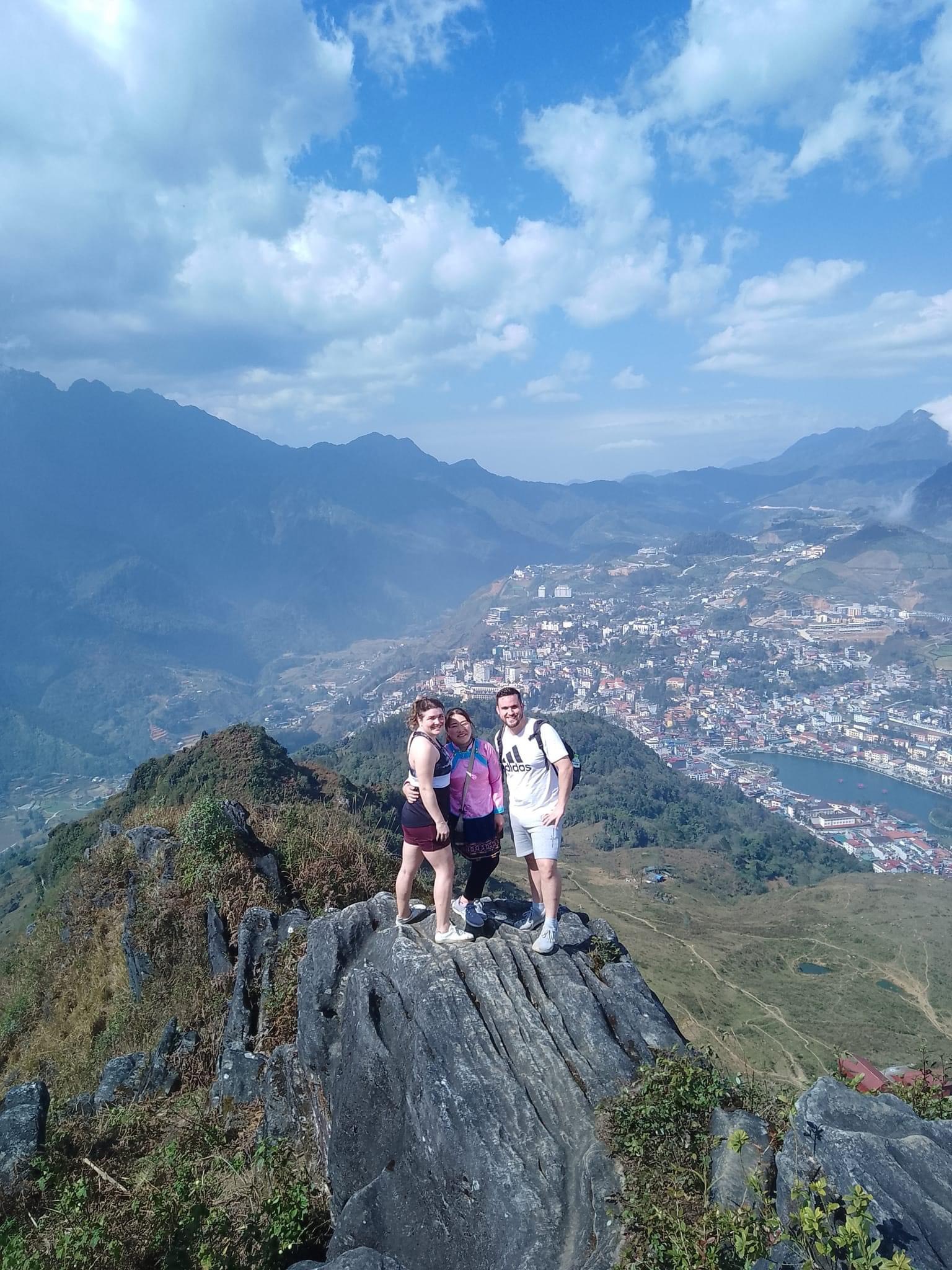
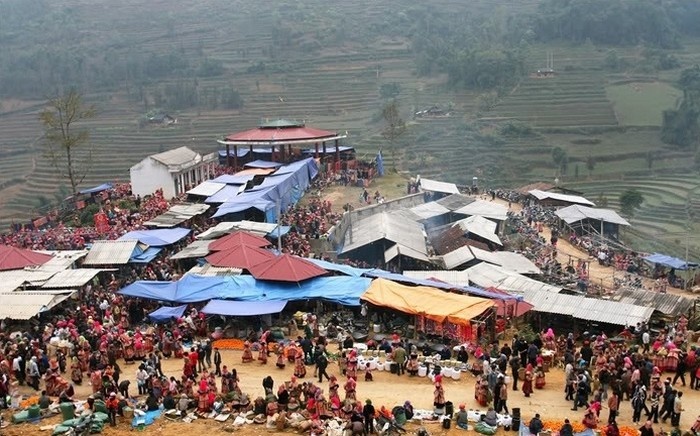
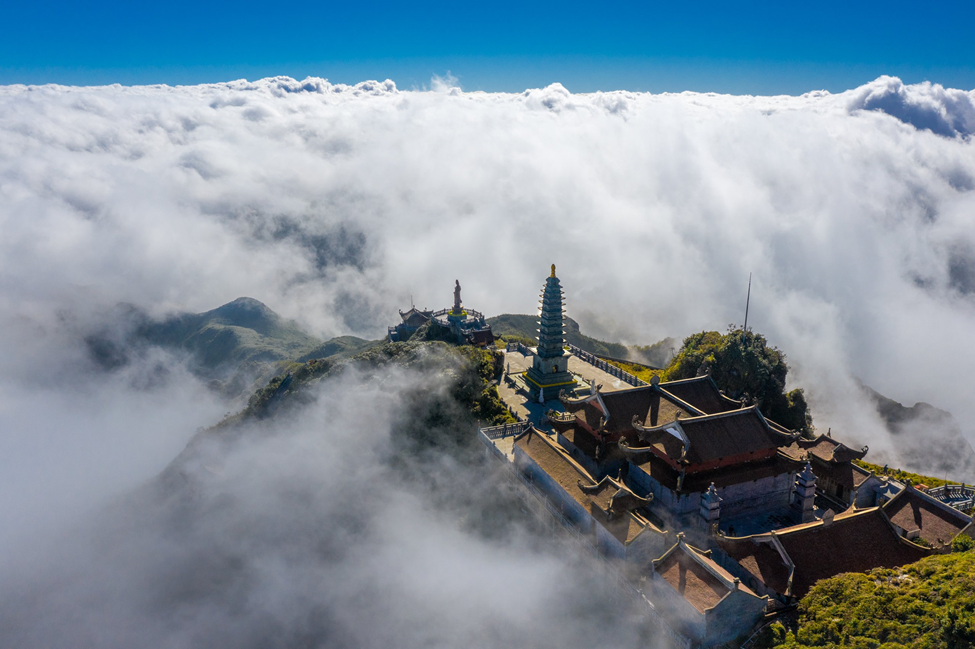
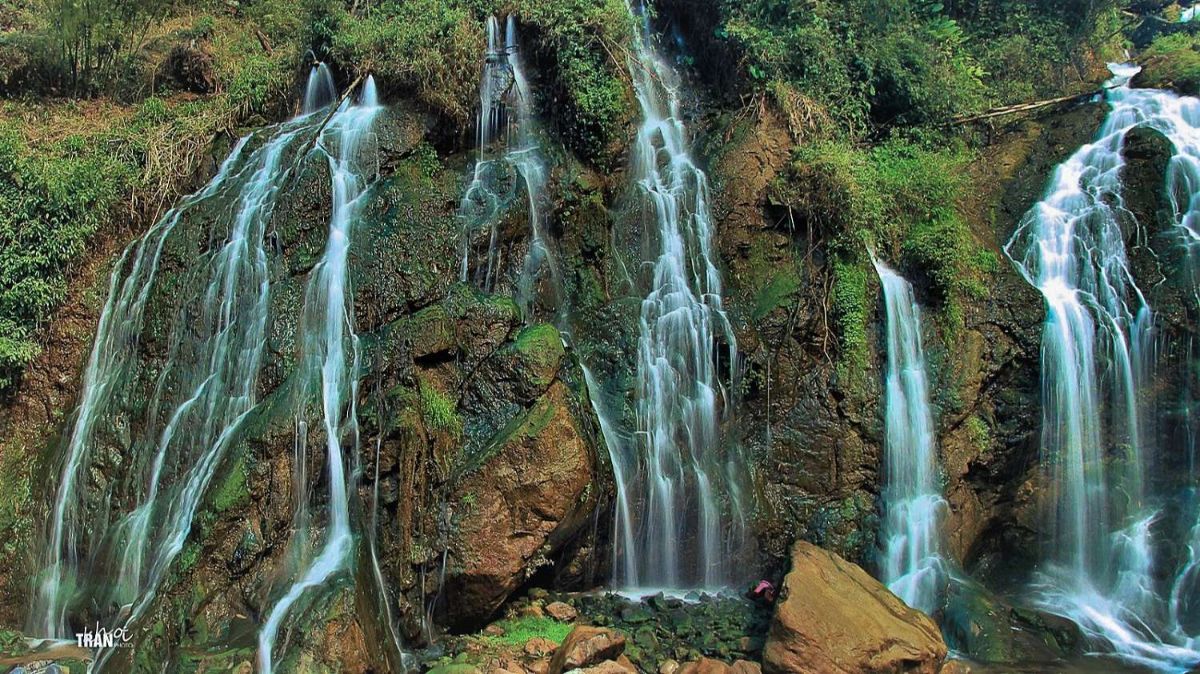
.png)
